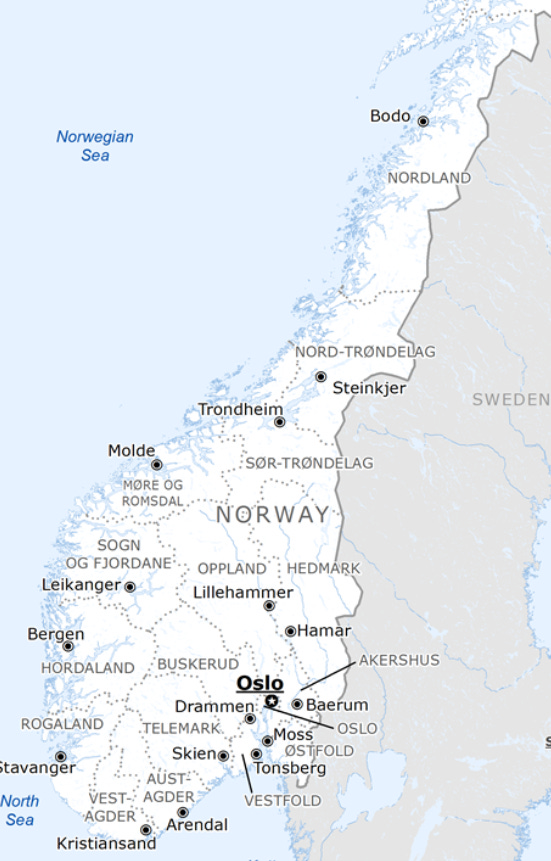Norway’s Institute of Public Health (FHI) reports an an increase in the number of people with respiratory infections caused by the bacterium Mycoplasma pneumoniae. The increase has continued throughout the summer and is greatest among school children.
After being almost absent during the covid-19 pandemic, the incidence of mycoplasma infection began to increase in the fall of 2023. The increase has continued in 2024, especially through the summer. Since the beginning of July and until now, the bacteria has been detected in over 3,500 people. The incidence appears to be highest in children between 5 and 14 years of age.
In 2024, the bacterium has so far been detected in an estimated 900 hospitalized patients, about 400 of them since the beginning of July. The incidence of hospital admissions is highest in the 15-29 age group.
Respiratory infection with mycoplasma thus differs from most other respiratory infections, where it is often the youngest or the oldest who get sickest, says senior physician Trine Hessevik Paulsen at FHI.
Mycoplasma infection most often causes cold symptoms and cough. The cough can last a long time. In most people, the symptoms go away on their own. Pneumonia occurs in 3-10 percent of those who develop symptoms. Antibiotics are appropriate if the infection causes pneumonia.
Subscribe to Outbreak News TV on YouTube
Outbreaks of respiratory infection with mycoplasma usually occur every four to five years. There were large outbreaks in Norway in 2011-2012 and then in 2016-2018. It is therefore not unexpected that we are now seeing an outbreak in Norway, says Hessevik Paulsen.
Since 2023, the bacterium has caused outbreaks in a number of other European countries, including Denmark, the Netherlands and France.





